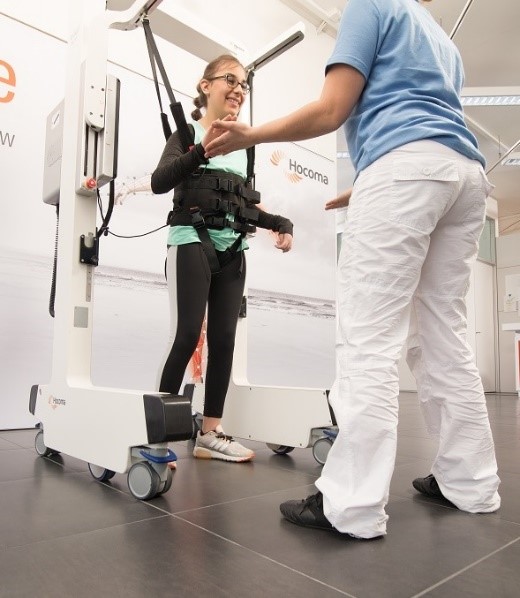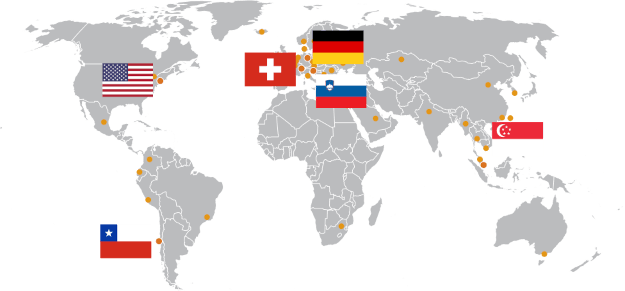August 19, 2020
Post-Critical Care COVID-19 patients: Can the Andago help to break out of the vicious cycle of early desaturation, limited mobility, and further deconditioning?

The Changi General Hospital, Singapore recently shared a case report where a 61-year old post-critical care COVID-19 patient benefitted from the use of Andago as a tool for mobilization.
The journey of the described patient started with symptoms of fever and dry cough, led to 30 days in the hospital, 15 of those with mechanical ventilation and finally 13 days in an inpatient rehabilitation.
Like expected, the rehabilitation process of this patient was very challenging at the beginning, with exertional dyspnoea as well as resting tachycardia, with poor endurance and muscular atrophy in the lower limbs. The patient also had poor truncal control and dynamic standing balance.
Given his conditions the patient could only walk 4m with contact-assistance from therapists before he desaturated. The rehabilitation team then decided to start training with the Andago V2.0.
Initially the patient needed a support in the Andago of 2.5 kg partial weights bilaterally with 2 L/min supplemental oxygen via intranasal cannula. He achieved a distance of 302 m on his first session which lasted half an hour. After 6 consecutive sessions of robotic gait training, he ambulated 368 m, with 2.5 kg weight supports, without any further oxygen support. The team was able to clearly see the difference of distance ambulated by the patient during conventional therapy and during therapy with the Andago, which enabled the patient to ambulate for a longer distance during training.
By the time of his discharged the patient was walking independently without gait aids and was independent in basic activities of daily living.
The authors of this case report believe that the Andago can be beneficial as tool for providing overground gait training in pulmonary rehabilitation of patients with gait impairments who face early desaturation and dyspnoea post-severe infection, in this case COVID-19 infection.
Link to original publication:


